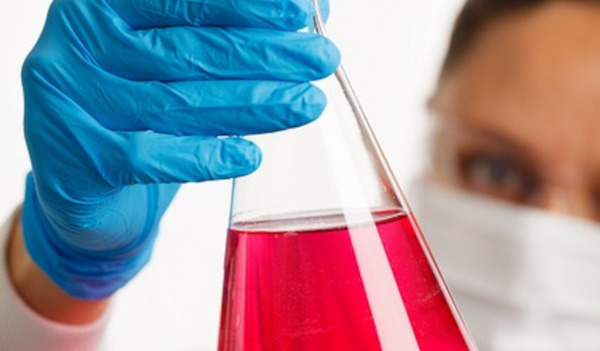Ipertermia efficace nel tumore del colon retto
Efficacia della ipertermia nei tumori del colon retto avanzati
 Un lavoro pubblicato su International Journal of Hyperthermia dimostra la grande validità di un approccio di combinazione tra chemioterapia, radioterapia ed ipertermia oncologica nei tumori del retto in regime neoadiuvante.
Un lavoro pubblicato su International Journal of Hyperthermia dimostra la grande validità di un approccio di combinazione tra chemioterapia, radioterapia ed ipertermia oncologica nei tumori del retto in regime neoadiuvante.
Sono stati confrontati i dati di pazienti trattati con sola chemioterapia e radioterapia rispetto a pazienti trattati con la combinazione di chemioterapia, radioterapia ed ipertermia oncologica.
I pazienti trattati anche con ipertermia oncologica presentano una più alta percentuale di risposta patologica completa e nei tumori del retto basso presentano un più alto tasso di conservazione dello sfintere anale quando vengono sottoposti alla resezione chirurgica dopo il trattamento neoadiuvante.
Dr. Carlo Pastore
Int J Hyperthermia. 2012 Sep 24. [Epub ahead of print]
Pathological complete response and sphincter-sparing surgery after neoadjuvant radiochemotherapy with regional hyperthermia for locally advanced rectal cancer compared with radiochemotherapy alone.
Schroeder C, Gani C, Lamprecht U, Hann von Weyhern C, Weinmann M, Bamberg M, Berger B.
Source
Department of Radiation Oncology, University Hospital Tuebingen .
Abstract
Purpose: To evaluate the influence of regional hyperthermia on rates of complete pathological response (pCR) and sphincter-sparing surgery in the context of an up-to-date radiochemotherapy protocol for locally advanced rectal cancer. Methods: Between 2007 and 2010, 106 patients with locally advanced cancer of the middle and lower rectum were admitted to neoadjuvant radiochemotherapy either with (n?=?61) or without (n?=?45) regional hyperthermia. A retrospective comparison was performed between two groups: 45 patients received standard treatment consisting of 5040 cGy in 28 fractions to the pelvis and 5-fluorouracil (RCT group) and 61 patients received the same treatment in combination with regional hyperthermia (HRCT group). Target temperature was 40.5°C for at least 60?min. Total mesorectal excision was performed routinely. Results: pCR was seen in 6.7% of patients in the RCT group and 16.4% in the HRCT group. Patients who received at least four hyperthermia treatments (n?=?40) achieved a significantly higher pCR rate (22.5%) than the remaining 66 patients (p?=?0.043). Rates of sphincter-sparing surgery were similar in both groups with 64% in the RCT group and 66% in HRCT. When considering only low-lying tumours located within 8?cm of the anal verge prior to treatment, the rate of sphincter-sparing surgery was 57% in the HRCT group compared with 35% in the RCT group (p?=?0.077). Conclusion: The combination of regional hyperthermia and neoadjuvant radiochemotherapy may lead to an increased pCR rate in locally advanced rectal cancer. Patients with low-lying tumours especially may benefit when additional downsizing allows sphincter-preserving surgery.

 RSS
RSS 





